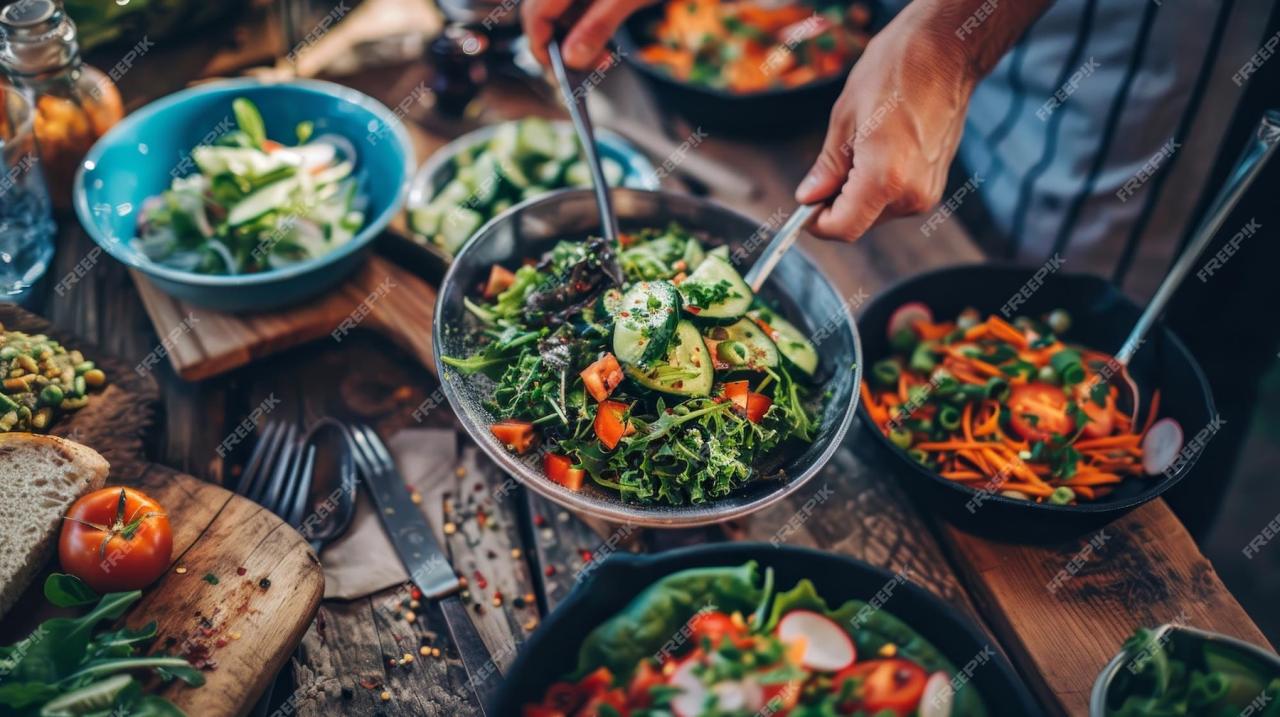The global culinary landscape is experiencing a transformative shift: plant based menus powered by cutting edge technology are redefining how we eat and think about food. No longer limited to niche health conscious diners, these menus, enriched by AI, robotics, and food science, are entering mainstream kitchens, fine dining establishments, and fast casual eateries alike.
A. Why Technology and Plant-Based Cuisine Unite
A.1 Rising Demand Meets Supply Challenges
Consumers increasingly seek plant-based options for health, ethical, and environmental reasons. However, replicating rich flavors and textures traditionally derived from animal products requires advanced innovation.
A.2 Enhancing Flavor and Texture
AI and food tech enable chefs to mimic meat’s complex taste while leveraging plant proteins for superior texture and mouthfeel.
A.3 Boosting Sustainability
Tech-driven plant-based menus slash greenhouse gas emissions, reduce water usage, and ease pressure on land resources.
B. AI in Menu Development
B.1 Flavor-Pairing Algorithms
AI tools like IBM’s Chef Watson analyze thousands of flavor compounds to suggest novel plant-based pairingsfor instance, combining beet and cocoa for an umami-rich flavor.
B.2 Nutrition Optimization
Apps powered by AI ensure plant-based dishes meet macro- and micronutrient standards, vital for vegan and flexitarian diners.
B.3 Personalized Menus
Restaurants analyze customer dietary profiles and preferences, delivering tailored plant-based options with tech backed suggestions.
C. Robotics and Automated Kitchens
C.1 Precision Cooking Robots
Robotic arms can stir, flip, and sear without error ideal for repetitive plant-based prep like veggie finger-making or pea protein patty searing.
C.2 Automated Plant Protein Manufacturing
Facilities deploy automated systems to process soy, pea, and mung beans into structured protein forms—ensuring consistency and lowering production costs.
C.3 Kitchen Efficiency
Robots handle chopping, blending, and cooking, freeing human chefs to focus on creativity and presentation.
D. Food Science and Novel Ingredients
D.1 Mycelium and Fungal Proteins
Mycoprotein, derived from fungal fermentation (e.g., Quorn), delivers meat-like texture and complete amino acids with minimal environmental impact.
D.2 Cellular Agriculture
Though still emerging, lab grown plant cell cultures could soon yield nutrient-dense proteins without whole plants.
D.3 Fermentation Technology
Precision fermentation transforms microorganisms into complex proteins, including egg- and dairy-like analogues without animal inputs.
E. Smart Kitchens and IoT

E.1 Connected Cooking Devices
From smart ovens to sous-vide machines and air fryers, IoT enables remote control and monitoring of plant-based recipes.
E.2 Real time Analytics
Sensors track internal temps and moisture, ensuring consistent cook quality for plant-based entrées.
E.3 Inventory and Waste Management
Smart fridges and dispensers track produce freshness and auto-reorder ingredients, minimizing spoilage.
F. Digital Ordering and Delivery
F.1 App Centric Platforms
Voice activated ordering and AI-powered suggestions turn digital menus into hyper-personalized platforms for plant-based dining.
F.2 Ghost Kitchens
Cloud kitchens dedicate entire operations to plant-based menus, leveraging efficiency and volume to meet rising demand.
F.3 Dine-at-Home Tech Kits
Meal kits with smart packaging guide users through professional-level plant cooking with QR-linked tutorials or app syncs.
G. Consumer Behavior and Growth
G.1 Mainstream Market Adoption
Technology backed plant-based products rival meat counterparts in taste and texture, boosting accessibility.
G.2 Millennials and Gen Z
Health and sustainability priorities drive Gen Z’s high consumption of tech enhanced plant-based diets.
G.3 Global Expansion
Plant-based cuisine is scaling in developing countries via ecommerce, with apps democratizing access.
H. Industry Leaders and Innovators

H.1 Impossible Foods & Beyond Meat
Using AI and fermentation to create meatless burgers rich in heme-driven flavors.
H.2 Motif FoodWorks
Developing proprietary yeast-based proteins and flavor enhancers via precision fermentation.
H.3 NotCo
A Latin American startup using AI (Giuseppe) to recreate taste and texture using only plants.
H.4 Perfect Day
Producing cow-free dairy proteins via fermentation for cheese and cream-based products.
I. Sustainability Impact
I.1 Emissions Reduction
Plant-based diets emit up to 80% fewer greenhouse gases compared to animal agriculture.
I.2 Energy and Land Efficiency
Plant protein requires less land and energy, essential for feeding a growing population.
I.3 Circular Economy
Smart farms and vertical agriculture close resource loops—water reuse, zero waste, and renewable inputs.
J. Facing Challenges
J.1 Cost and Scalability
Advanced ingredients carry high production costs and only recently scaled up.
J.2 Consumer Trust
Transparency, safety credentials, and clear labeling are crucial for mainstream acceptance.
J.3 Regulatory Landscape
Novel ingredients must navigate complex global approvals, e.g., EU and FDA processes.
K. The Road Ahead
K.1 Personalized Nutrition
Real time dietary data integrated with genomics will drive plant-based menus tailored to individual health profiles.
K.2 Hybrid Foods
Blends of plant proteins with cultured fat or mycelium could unlock next-gen flavors.
K.3 Smart Restaurants
Fully automated venues with AI-driven staff, offering rapid, personalized plant-based meals.
K.4 Food-as-Medicine
Clinically formulated dishes tailored to manage conditions like diabetes or heart disease.
In 2025 and beyond, plant-based dining is not just a trend it’s entering the mainstream through technology integration. AI-powered flavor design, robotics, novel proteins, and IoT enhanced kitchens are making plant-based meals indistinguishable from traditional dishes while offering superior nutrition and sustainability.
As technological and regulatory barriers fall, and consumer demand evolves, expect to see tech enhanced plant based cuisine flourish driving a food revolution that nourishes people and the planet. This is the future of food and it’s growing on plants.












